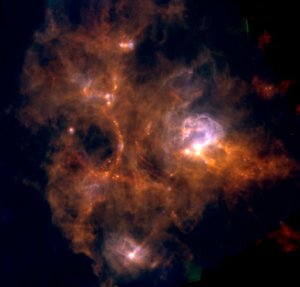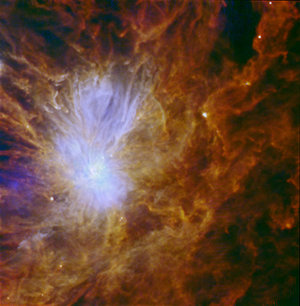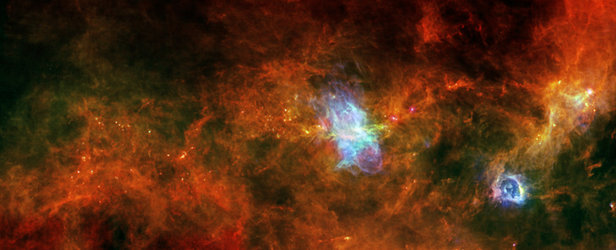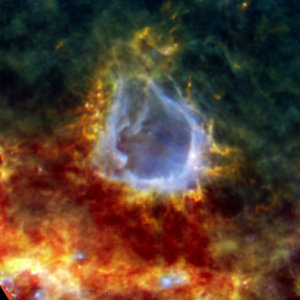Accept all cookies Accept only essential cookies See our Cookie Notice

About ESA
The European Space Agency (ESA) is Europe’s gateway to space. Its mission is to shape the development of Europe’s space capability and ensure that investment in space continues to deliver benefits to the citizens of Europe and the world.
Highlights
ESA - United space in Europe
This is ESA ESA facts Member States & Cooperating States Funding Director General Top management For Member State Delegations European vision European Space Policy ESA & EU Space Councils Responsibility & Sustainability Annual Report Calendar of meetings Corporate newsEstablishments & sites
ESA Headquarters ESA ESTEC ESA ESOC ESA ESRIN ESA EAC ESA ESAC Europe's Spaceport ESA ESEC ESA ECSAT Brussels Office Washington OfficeWorking with ESA
Business with ESA ESA Commercialisation Gateway Law at ESA Careers Cyber resilience at ESA IT at ESA Newsroom Partnerships Merchandising Licence Education Open Space Innovation Platform Integrity and Reporting Administrative Tribunal Health and SafetyMore about ESA
History ESA Historical Archives Exhibitions Publications Art & Culture ESA Merchandise Kids Diversity ESA Brand Centre ESA ChampionsLatest
Space in Member States
Find out more about space activities in our 23 Member States, and understand how ESA works together with their national agencies, institutions and organisations.
Science & Exploration
Exploring our Solar System and unlocking the secrets of the Universe
Go to topicAstronauts
Missions
Juice Euclid Webb Solar Orbiter BepiColombo Gaia ExoMars Cheops Exoplanet missions More missionsActivities
International Space Station Orion service module Gateway Concordia Caves & Pangaea BenefitsLatest
Space Safety
Protecting life and infrastructure on Earth and in orbit
Go to topicAsteroids
Asteroids and Planetary Defence Asteroid danger explained Flyeye telescope: asteroid detection Hera mission: asteroid deflection Near-Earth Object Coordination CentreSpace junk
About space debris Space debris by the numbers Space Environment Report In space refuelling, refurbishing and removingSafety from space
Clean Space ecodesign Zero Debris Technologies Space for Earth Supporting Sustainable DevelopmentApplications
Using space to benefit citizens and meet future challenges on Earth
Go to topicObserving the Earth
Observing the Earth Future EO Copernicus Meteorology Space for our climate Satellite missionsCommercialisation
ESA Commercialisation Gateway Open Space Innovation Platform Business Incubation ESA Space SolutionsEnabling & Support
Making space accessible and developing the technologies for the future
Go to topicBuilding missions
Space Engineering and Technology Test centre Laboratories Concurrent Design Facility Preparing for the future Shaping the Future Discovery and Preparation Advanced Concepts TeamSpace transportation
Space Transportation Ariane Vega Space Rider Future space transportation Boost! Europe's Spaceport Launches from Europe's Spaceport from 2012Latest

From oldest to youngest: a line of star nurseries
Thank you for liking
You have already liked this page, you can only like it once!
Just as children are sorted into age groups at school, so the seeds of new stars can also be found in ‘classes’ of others of similar ages. This is especially true when the birth of stars in a cloud of gas and dust is triggered by an external event, like the explosion of a nearby supernova.
This image from ESA’s Herschel space observatory shows a sequence of star-forming regions in the molecular cloud W48, some 10 000 light-years away in the constellation Aquila (the Eagle).
The blue, jellyfish-shaped cloud at the lower left is the oldest stellar nursery in the image. Young and massive stars embedded within it have shaped it into a bubble and heated the diffuse gas, making it shine at the longest wavelengths probed by Herschel.
To its right, another glowing cloud conceals clumps that will evolve into massive stars. These clumps, some of which are visible as bright blotches of light, are also lined up by their age: the older ones at the lower-left and the younger ones to the upper-right. The youngest in this sequence is the small cyan lump at the centre of the image, harbouring the seeds of future massive stars.
Astronomers believe that this sequence of stellar birth is the result of dozens of supernovas that exploded over 10 million years ago in a region called Aquila Supershell, beyond the left edge of this image. Compressing the surrounding material, these supernovas may have initiated a wave of star formation that sparked, one by one, these stellar cribs.
The image is a composite of the wavelengths of 70 microns (blue), 160 microns (green) and 250 microns (red) and spans about one degree on the long side. North is to the upper-left and east is to the lower left. The data were acquired with Herschel’s PACS and SPIRE instruments in September 2010, as part of a larger map of the W48 molecular complex in the HOBYS Key Programme. This was first published in a paper by Q. Nguyen Luong, et al. 2011. A more detailed study of the star-forming regions shown in this image is presented in a paper by K.L.J. Rygl, et al. 2014.
-
CREDIT
ESA/Herschel/PACS/SPIRE/HOBYS Key Programme consortium -
LICENCE
ESA Standard Licence

Star factory NGC 7538

Feathery filaments in Mon R2

W40’s cradle of stars

Vela C region















 Germany
Germany
 Austria
Austria
 Belgium
Belgium
 Denmark
Denmark
 Spain
Spain
 Estonia
Estonia
 Finland
Finland
 France
France
 Greece
Greece
 Hungary
Hungary
 Ireland
Ireland
 Italy
Italy
 Luxembourg
Luxembourg
 Norway
Norway
 The Netherlands
The Netherlands
 Poland
Poland
 Portugal
Portugal
 Czechia
Czechia
 Romania
Romania
 United Kingdom
United Kingdom
 Slovenia
Slovenia
 Sweden
Sweden
 Switzerland
Switzerland

























